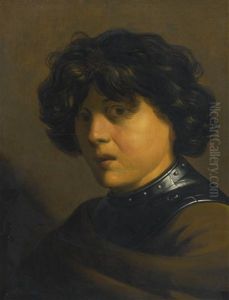Jan Lievens Paintings
Jan Lievens was a Dutch painter, usually associated with his more famous contemporary, Rembrandt van Rijn. Born in Leiden, Netherlands, on October 24, 1607, Lievens showed an early talent for art. He studied under Pieter Lastman in Amsterdam, who also taught Rembrandt. Lievens and Rembrandt had a close association, and they shared a studio in Leiden in the early 1630s. During this period, they influenced each other's work, and it can be challenging to distinguish between their early paintings. However, Lievens developed a distinctive style that was characterized by a dramatic use of light and shadow and a preference for bold compositions.
Lievens worked in various genres, including history painting, portraits, landscapes, and genre scenes. He was not only a painter but also an accomplished printmaker. His innovative etchings contributed to the development of the medium. In the 1630s, Lievens moved to England where he worked at the court of Charles I. His work impressed the English aristocracy, and he was able to secure commissions from prominent figures.
In the mid-1630s, Lievens moved to Antwerp, then a major artistic hub due to the influence of Peter Paul Rubens. In Antwerp, he converted to Catholicism and his style shifted, showing the influence of Flemish Baroque with its more ornate and emotional characteristics. Lievens’ work from this period often features a richer palette and a more fluid handling of paint.
After spending almost a decade in Antwerp, Lievens returned to the Netherlands and settled in Amsterdam in the 1640s. He continued to paint and received commissions from the Dutch elite. His later work includes a series of character studies of old men, which are particularly noted for their psychological depth and technical mastery. Despite his talent, Lievens never achieved the same level of fame as Rembrandt, and his work was somewhat overshadowed by his illustrious contemporary.
Jan Lievens died in Amsterdam on June 4, 1674. His legacy includes a diverse oeuvre that reflects the major artistic movements of his time and his ability to adapt to the changing tastes of his patrons. Today, his work is held in high esteem, and he is considered an important figure in the Dutch Golden Age of painting.
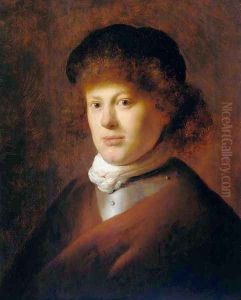
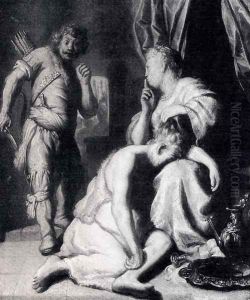
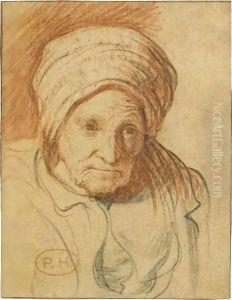
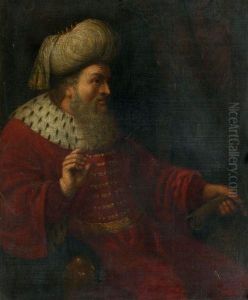
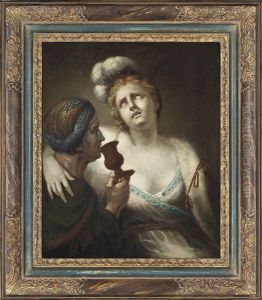
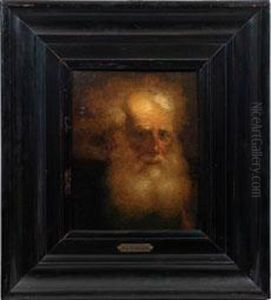
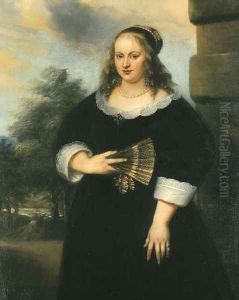
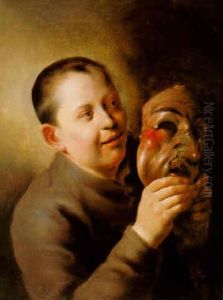

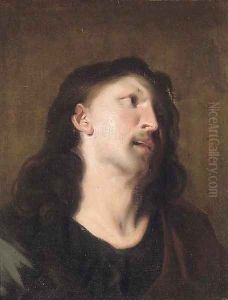
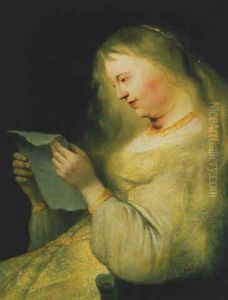
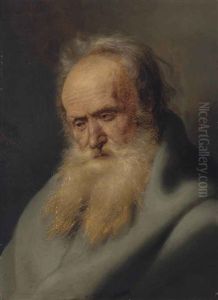
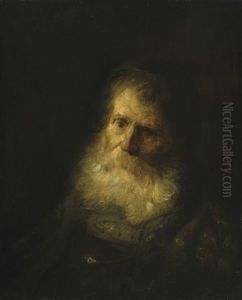
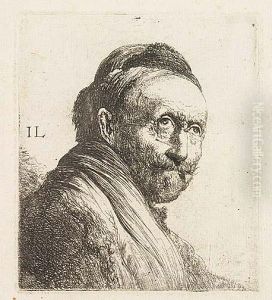
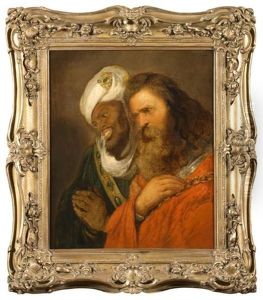
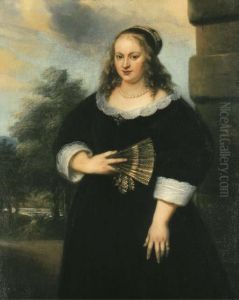

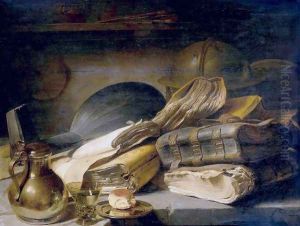

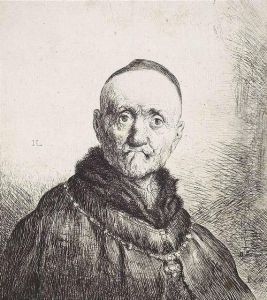

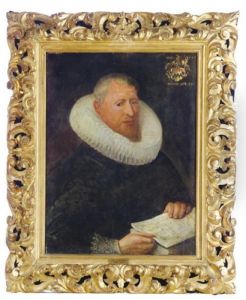
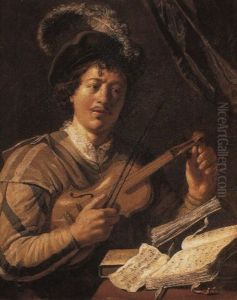
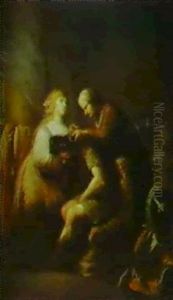

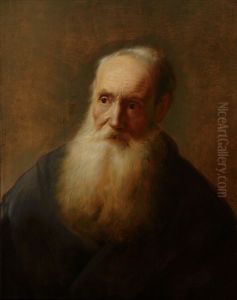
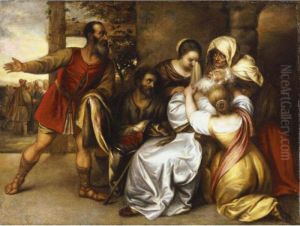
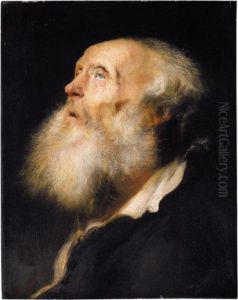
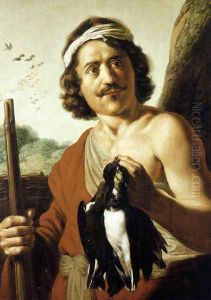
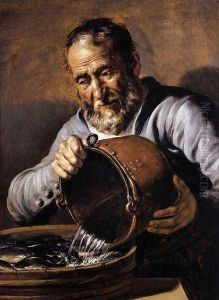
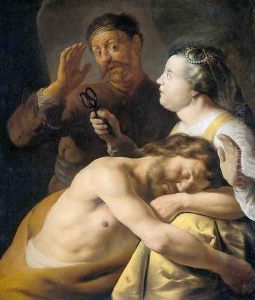
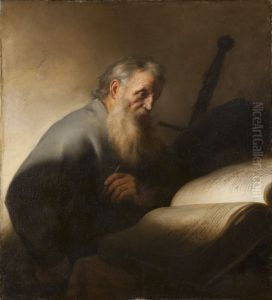
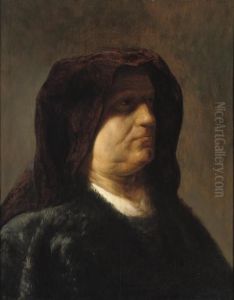
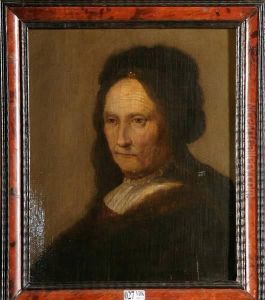
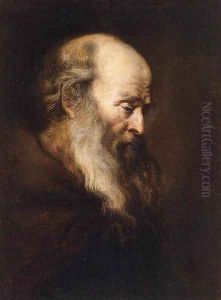

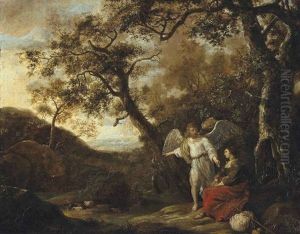
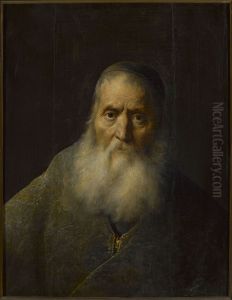
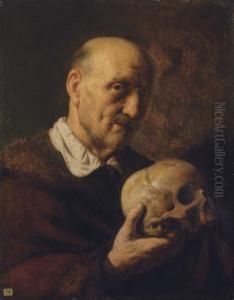
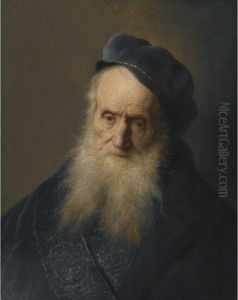

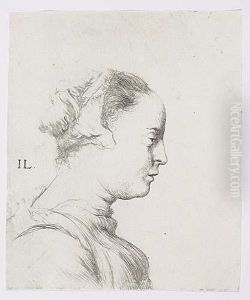
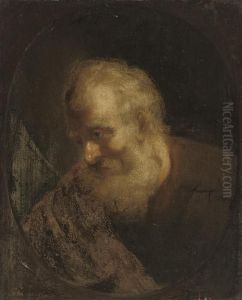
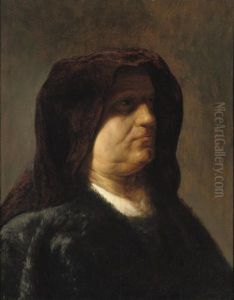
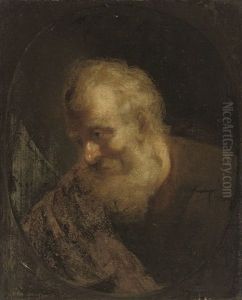
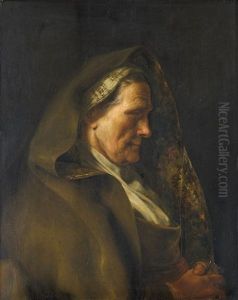
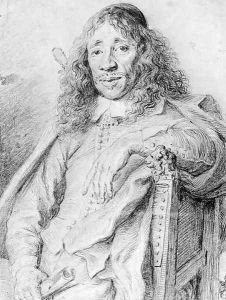
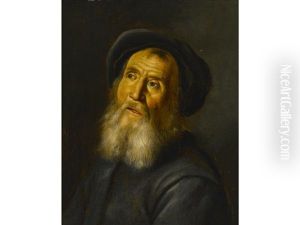
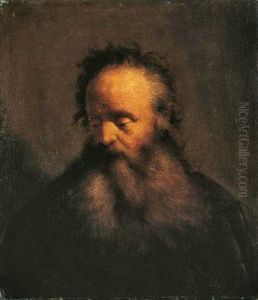
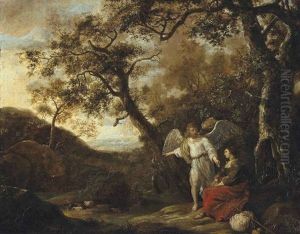
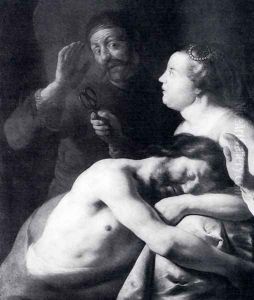
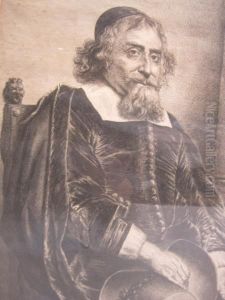
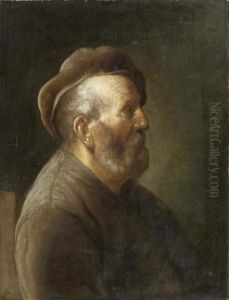
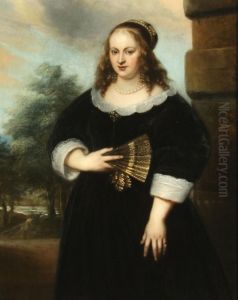
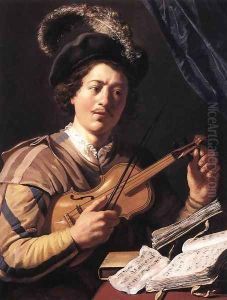
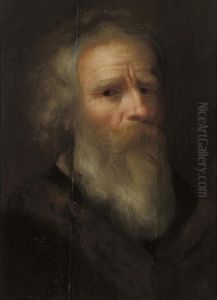
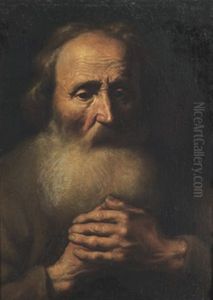
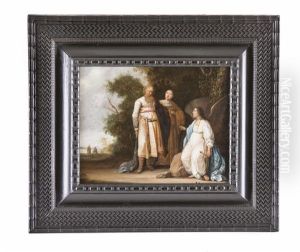


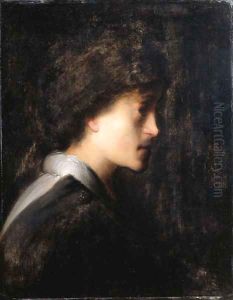
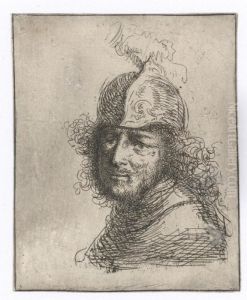
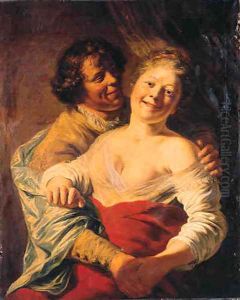
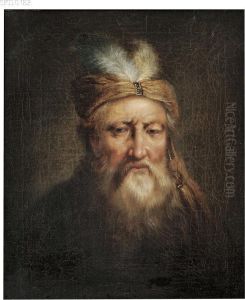
![Portrait of Rembrandt [detail #1]](https://www.niceartgallery.com/imgs/211824/s/jan-lievens-portrait-of-rembrandt-detail-1-ebb1df44.jpg)

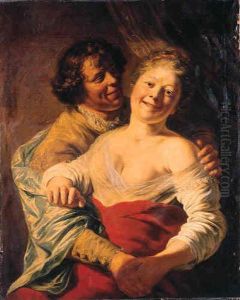
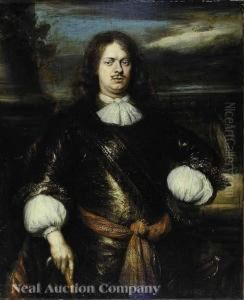
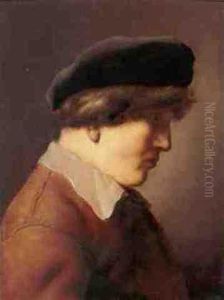
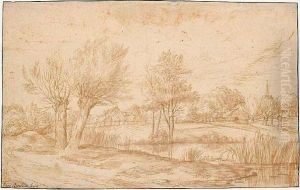
![Samson and Delilah [detail #1]](https://www.niceartgallery.com/imgs/211822/s/jan-lievens-samson-and-delilah-detail-1-766dd457.jpg)
